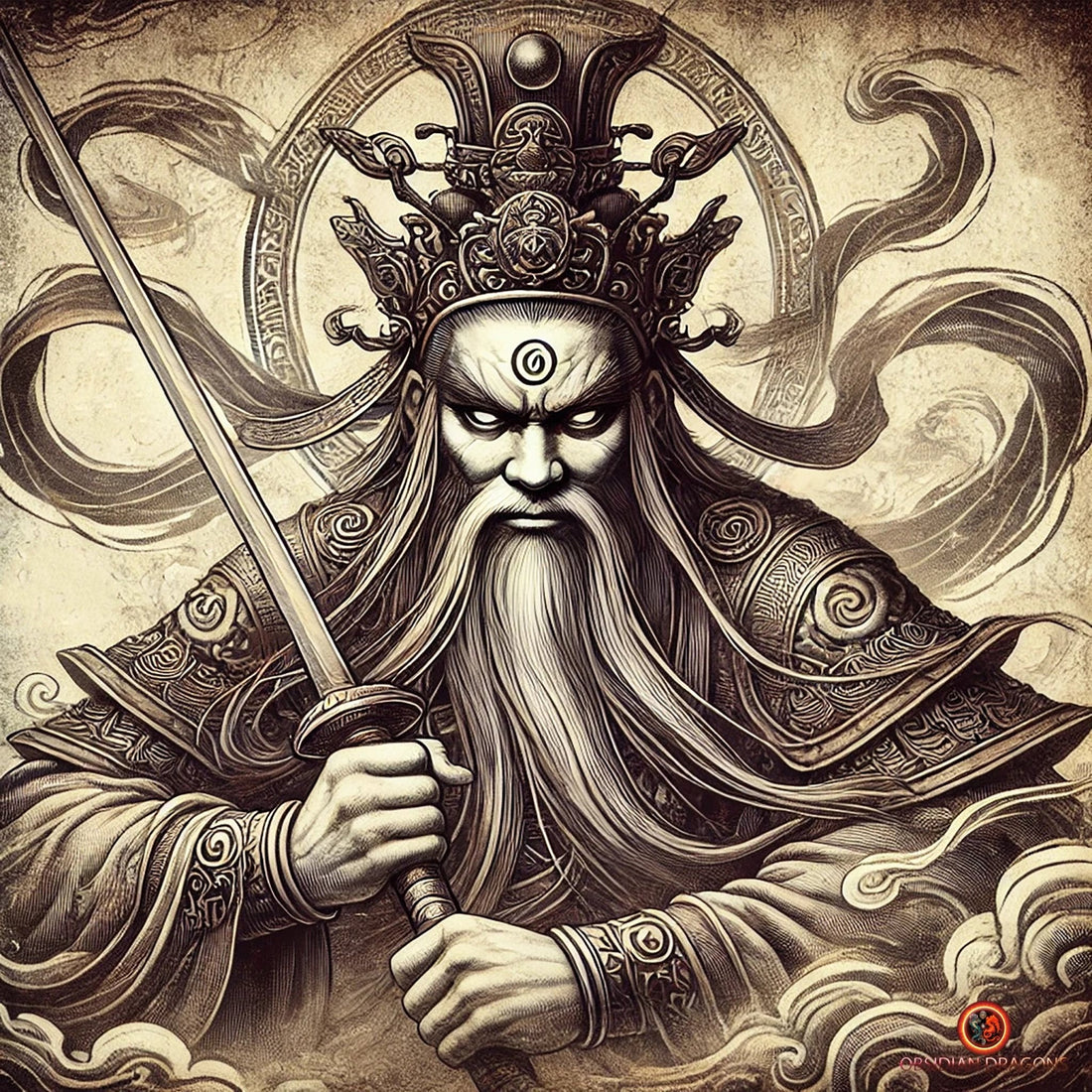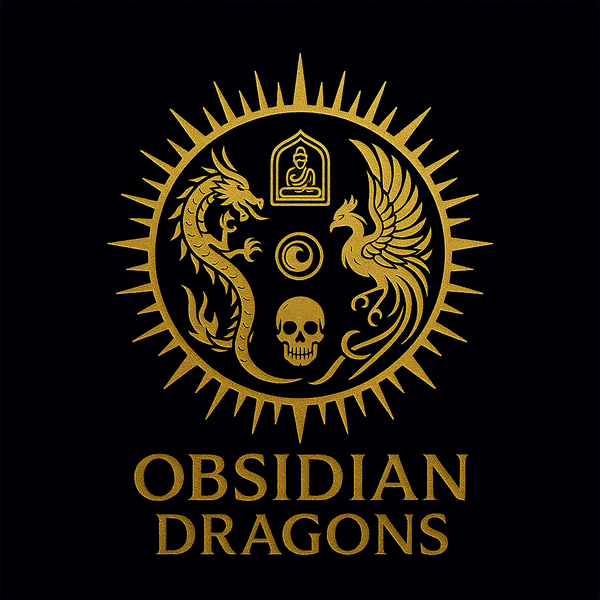
Zhong Kui- God of Exorcism- Ghost Hunter
Share
Introduction to Zhong Kui
Zhong Kui (Chinese: 鍾馗; pinyin: Zhōng Kuí; Japanese: Shōki) is an iconic figure in Chinese mythology, revered as a powerful exorcist. Known as the Taoist god of exorcism, he is traditionally regarded as a slayer of ghosts and evil beings, and is said to be able to command an army of 80,000 demons.
His image is often painted on the doors of houses to serve as a protective guardian, as well as in commercial establishments where high-value goods are present.

Legend of Zhong Kui
Zhong Kui's story begins with his journey with his friend Du Ping to the capital to take part in the imperial examinations. Although Zhong Kui achieved the highest grades, his deformed appearance caused the emperor to strip him of his rightful title of "Zhuangyuan" (best candidate). Devastated by this injustice, Zhong Kui committed suicide by throwing himself against the palace gates until his head was shattered .
After his death, during his trial, Yama, the King of Hell, recognized his exceptional potential and intelligence. Although condemned to hell because of his suicide, Yama bestowed upon him the title of King of Ghosts, charging Zhong Kui with hunting and disciplining the spirits. Back in the world of the living, Zhong Kui thanked his friend Du Ping by allowing him to marry his sister.

Zhong Kui's Popularity
Zhong Kui gained popularity during the reign of Emperor Xuanzong of Tang (712-756). According to tradition, during a serious illness of the emperor, two ghosts attempted to steal valuable objects from him in a dream. Zhong Kui captured the thieves, curing the emperor of his illness. In gratitude, Xuanzong commissioned the court painter Wu Daozi to paint a portrait of Zhong Kui, thus establishing his iconographic image. 
Zhong Kui in Art and Culture
The figure of Zhong Kui has become a popular theme in Chinese painting, art, and folklore. Depictions of him are often hung in homes to ward off ghosts and provide protection. During Chinese New Year, it is common to see images of Zhong Kui to ensure a prosperous and misfortune-free year. By wearing pendants with his image, people believe they are benefiting from his protective powers.
He is often depicted in Japanese art. He appears bearded, armed with a long sword and sometimes wearing a large straw hat. This hero fights and kills oni (Japanese devils). 
Ceremonies and Rituals
In Taiwan and southern Fujian, at the end of some Taoist ceremonies, a Taoist master or actor portraying Zhong Kui performs a dance armed with a sword to drive away evil spirits. This performance, although dangerous according to tradition, is a demonstration of Zhong Kui's authority over the spirits.
Ancient Origins of the Myth of Zhong Kui
Scholars such as Yang Shen, Gu Yanwu, and Zhao Yi suggest that the myth of Zhong Kui dates back to times earlier than the Tang Dynasty. The character may be linked to ancient traditions of exorcism in China, including the nuo ritual, in which disguised young men expelled evil spirits from the palace during the Chinese New Year.
Conclusion
Zhong Kui remains a central figure in Chinese mythology and folklore, symbolizing the fight against evil and spiritual protection. His legend, deeply rooted in Taoist traditions, continues to influence culture and religious practices in China and beyond.

